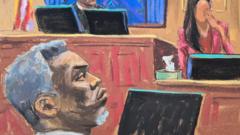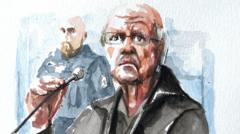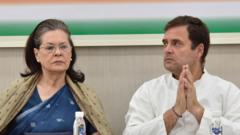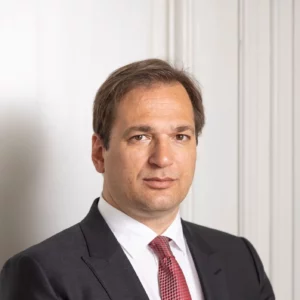**A pair of chairs believed to belong to Marie Antoinette is at the center of a fraud that has raised questions about art market regulations and due diligence among dealers and institutions.**
### Scandalous Counterfeiting: The Versailles Furniture Fraud Case Uncovered
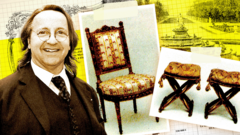
### Scandalous Counterfeiting: The Versailles Furniture Fraud Case Uncovered
**In a significant scandal shaking the antiques market, two prominent figures have been implicated in the sale of counterfeit furniture purported to originate from the Palace of Versailles.**
In the early 2010s, the French antiques market saw the introduction of two exquisite chairs allegedly linked to the Palace of Versailles. These chairs were attributed to Nicolas-Quinibert Foliot, an esteemed cabinetmaker of the 1700s, and were honored by the French government as "national treasures" due to their historical significance. Despite an attempt by the palace to acquire them, they were eventually sold to Qatari Prince Mohammed bin Hamad Al Thani for a staggering price of €2 million (£1.67 million).
The proliferation of 18th-century royal furniture pieces surged in the subsequent years, with various items claiming historical ties to figures such as Marie Antoinette and King Louis XVI. While many of these artifacts were secured by Versailles for its museum, suspicions arose when it was revealed in 2016 that these now-esteemed items were forgeries.
Leading this deceit were antiques expert Georges “Bill” Pallot and skilled cabinetmaker Bruno Desnoues, who faced charges of fraud and money laundering following an extensive investigation. Gallie Kraemer and its director, Laurent Kraemer, were also charged but have denied allegations of deception by gross negligence.
The genesis of this scheme dates back to 2007, initially framed as a "joke" between Pallot and Desnoues to see if they could replicate an armchair that was genuinely from the period. The pair was able to convincingly mimic 18th-century craftsmanship, and buoyed by their early success, they began creating and selling more counterfeit chairs, ultimately managing to pocket millions through their elaborate scheme.
However, their operation came under scrutiny following lifestyle discrepancies observed in a middleman linked to the pair. Once exposed, prosecutors alleged that Pallot and Desnoues deceived prestigious institutions like Versailles, damaging their credibility and raising concerns regarding the vetting processes for historical art and artifacts.
As the trial unfolds, discussions about how best to regulate the art market and ensure authenticity persist. Those representing Galerie Kraemer argue that the gallery is a victim in this case, stating they were unaware that the items they sold were not genuine. Lawyers for the gallery emphasize that due diligence could have been pursued but assert that Kraemer and his associates did not knowingly engage in fraudulent transactions.
As this case progresses, it not only serves as a cautionary tale for collectors and galleries alike but also highlights the urgency for stricter regulations in the art market to prevent future frauds of this magnitude.
The proliferation of 18th-century royal furniture pieces surged in the subsequent years, with various items claiming historical ties to figures such as Marie Antoinette and King Louis XVI. While many of these artifacts were secured by Versailles for its museum, suspicions arose when it was revealed in 2016 that these now-esteemed items were forgeries.
Leading this deceit were antiques expert Georges “Bill” Pallot and skilled cabinetmaker Bruno Desnoues, who faced charges of fraud and money laundering following an extensive investigation. Gallie Kraemer and its director, Laurent Kraemer, were also charged but have denied allegations of deception by gross negligence.
The genesis of this scheme dates back to 2007, initially framed as a "joke" between Pallot and Desnoues to see if they could replicate an armchair that was genuinely from the period. The pair was able to convincingly mimic 18th-century craftsmanship, and buoyed by their early success, they began creating and selling more counterfeit chairs, ultimately managing to pocket millions through their elaborate scheme.
However, their operation came under scrutiny following lifestyle discrepancies observed in a middleman linked to the pair. Once exposed, prosecutors alleged that Pallot and Desnoues deceived prestigious institutions like Versailles, damaging their credibility and raising concerns regarding the vetting processes for historical art and artifacts.
As the trial unfolds, discussions about how best to regulate the art market and ensure authenticity persist. Those representing Galerie Kraemer argue that the gallery is a victim in this case, stating they were unaware that the items they sold were not genuine. Lawyers for the gallery emphasize that due diligence could have been pursued but assert that Kraemer and his associates did not knowingly engage in fraudulent transactions.
As this case progresses, it not only serves as a cautionary tale for collectors and galleries alike but also highlights the urgency for stricter regulations in the art market to prevent future frauds of this magnitude.

